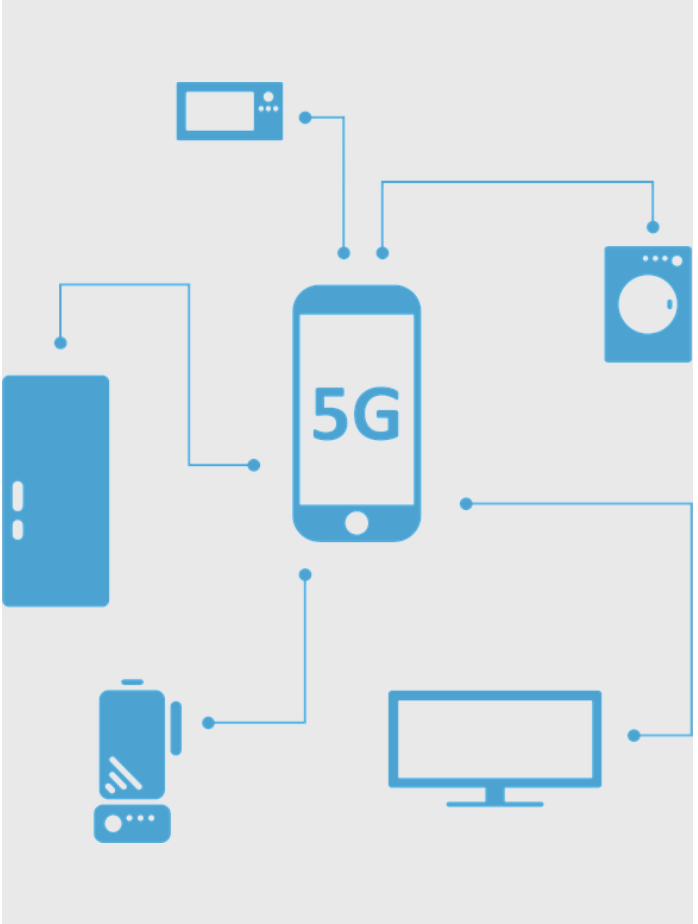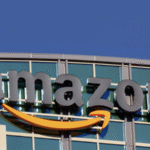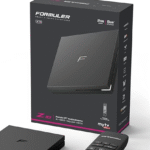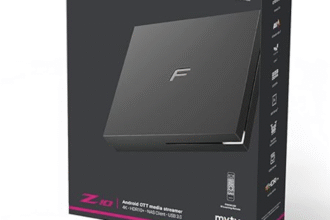The term 5G is everywhere, promising a revolution that goes far beyond just faster phone speeds. The Fifth Generation of cellular technology is not simply an upgrade from 4G LTE—it’s a fundamental shift in how our devices, cities, and industries communicate.
If you’re wondering what 5G technology actually delivers and whether the hype is real, this guide breaks down the core benefits, key challenges, and the transformative potential that 5G brings to the table in 2024 and beyond.
The Three Pillars: 5G vs. 4G LTE
While 4G LTE (Long-Term Evolution) enabled the rise of the smartphone and the app economy, 5G is designed to power the age of true real-time, massive connectivity. The difference comes down to three game-changing metrics: Speed, Latency, and Capacity.
1. Ultra-Fast Speeds (eMBB)
This is the most talked-about benefit. While typical 4G LTE speeds hover around 20-50 Mbps, 5G download speedsroutinely reach 100-300 Mbps and can potentially hit multiple Gigabits per second (Gbps) in ideal conditions (using high-band “mmWave” spectrum).
- The Impact: Downloading a full HD movie in seconds, experiencing 8K video streaming without buffering, and instant access to large cloud files. 5G is up to 10x faster than the average 4G connection.
2. Near-Zero Latency (URLLC)
Latency is the delay between sending a data request and receiving a response. This is arguably the most revolutionary feature of 5G.
- 4G Latency: Typically 50-100 milliseconds (ms).
- 5G Latency: Aims for 1-10 ms.
- The Impact: This near real-time responsiveness is critical for applications that need instantaneous feedback: autonomous vehicles (where every millisecond counts), remote surgery, competitive cloud gaming without lag, and factory robotics.
3. Massive Capacity (mMTC)
5G is designed to support a vastly higher number of connected devices in a given area without network slowdowns.
- The Impact: 5G can support up to 1 million devices per square kilometer, compared to 4G’s limit of about 100,000. This is essential for the sprawling Internet of Things (IoT), allowing smart cities to manage billions of sensors, cameras, and utility meters seamlessly.
🌍 Transforming Industries: Where 5G Truly Shines
The true power of 5G technology lies not just in consumer smartphones, but in its ability to enable new industrial and societal applications.
Smart Manufacturing and Industry 4.0
Factories can use 5G to deploy thousands of wireless sensors and robots, relying on ultra-low latency for precision control and automation. This enables real-time monitoring and dramatically increases efficiency in complex supply chains.
Healthcare and Telemedicine
The low latency of 5G makes remote surgery and detailed diagnostics possible. Doctors can monitor vital signs in real time from miles away, and hospitals can manage massive amounts of patient data instantly.
Augmented and Virtual Reality (AR/VR)
High speeds and low latency unlock truly immersive experiences. VR training and high-definition AR applications (like navigational overlays on your windshield) become seamless and comfortable, paving the way for the next evolution of computing.
🚧 Current Challenges in 5G Deployment
While the benefits are clear, the 5G rollout is facing practical hurdles:
1. Coverage Gaps
5G utilizes various frequency bands. The fastest bands (millimeter wave or mmWave) have very short range and struggle to penetrate buildings or walls. This requires a much denser network of small cell base stations, which means infrastructure costs and deployment complexity are high. For now, 4G LTE coverage remains wider and more reliable outside major urban centers.
2. Battery Drain
Because 5G devices constantly search for and switch between multiple 5G and 4G bands to maintain connectivity, they often consume more power. Optimization is improving, but users often report noticeable battery drain when aggressively using 5G.
3. Security and Complexity
With billions of new IoT devices connected, the network’s surface area for cyber threats expands significantly. Operators must implement robust, next-generation security protocols to protect this vastly more complex network environment.
Conclusion: The Road Ahead
5G is a foundational technology that is still maturing. While early adopters enjoy significantly faster downloads and better performance in crowded areas, its most transformative applications—like truly ubiquitous autonomous driving—are still on the horizon.
For consumers, the upgrade is already worthwhile for superior streaming and reduced lag. For businesses, 5G is the essential platform for the digital transformation of the 21st century.
Are you experiencing the full benefits of 5G yet? Share your fastest speed test results in the comments below!





